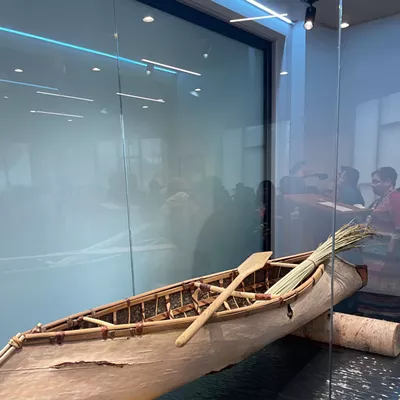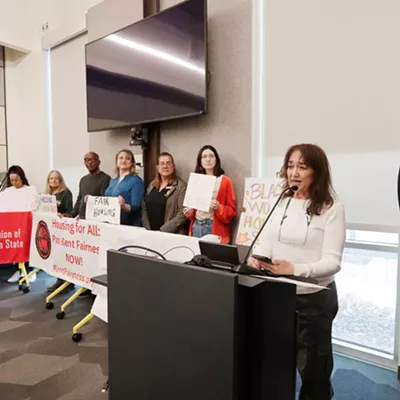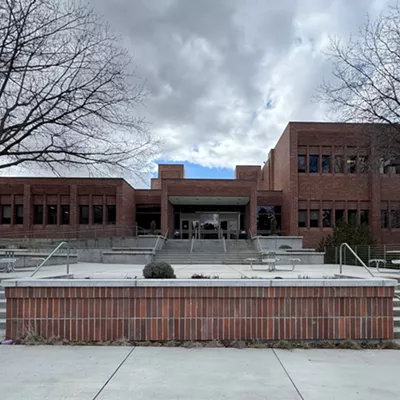
The Coeur d’Alene, Nez Perce, Kootenai, Shoshone-Bannock and Shoshone-Paiute tribes contributed an estimated $1.45 billion to Idaho’s economy last year, according to a report that was presented to the Idaho Council on Indian Affairs last month.
Yet many Idahoans are unaware of the five tribes' economic contributions to the state and how their work creates more than 12,500 jobs in the state, including more than 6,700 direct jobs, making each tribe a top three employer in its region.
The Tribal Economic Contributions report, which looks at 2021 to 2023, highlights the economic role the tribes have in Idaho and how their contributions are often overlooked, according to the report's lead researcher Steven Peterson, a clinical associate professor of economics at the University of Idaho.
Peterson says he was also unaware of the scope of the contributions the tribes make to the regional Idaho economy until he began doing his research, which is why such studies are essential.
“I lived in Lewiston, Idaho, where I was born and raised, and that was adjacent to the Nez Perce Reservation, and I had no idea growing up that they were the second biggest economic entity in the region,” Peterson says. “One of the purposes of doing these studies is to make people aware of the tribal integration and contribution to the regional economies.”
Peterson started researching the topic three decades ago, when he looked at the economic impacts of the Clearwater River Casino. As time passed, he began to look at the five tribes collectively and how they positively impacted Idaho’s economy.
Since the tribes are sovereign nations, they fund extensive governmental operations that require many jobs to operate effectively. The report notes that extensive economic development, agricultural operations and environmental protection work are components of the tribal economies.
“All of them are involved in fisheries, and the Nez Perce Tribe operates several hatcheries,” Peterson says. “They've been responsible for a lot of the salmon recovery and also the recovery of a lot of native species.”
The tribes have large environmental divisions that focus on their stewardship of the lands. They conduct research, manage wildlife and wetland protections, enhance biodiversity and help repopulate elk.
Peterson quickly points out that the tribes of Idaho have immense diversity in their economic infrastructure, which influences many different sectors that require workers and innovation.
“What I find that always has been surprising is how diverse the enterprises are," Peterson says.
Some of the tribes are working on renewable energy. The Nez Perce Tribe received a $37 million grant to focus on energy efficiency; the Shoshone-Bannock Tribes have won energy efficiency awards for their hotels and event centers; and the Coeur d'Alene Tribe has conducted feasibility studies into solar, wind, and biofuels.
The tribes collectively have seven casinos, four resorts, and two golf courses. There are also many travel centers and gas stations, such as the recently completed Sturgeon Station and Sonic Restaurant in rural Boundary County.
Business within the tourism industry is extensive in Idaho and tribal enterprises are a significant draw for tourists to the state, Peterson says.
“[Tribes] attract visitors to Idaho from all over the world,” Peterson says. “Estimating visitors like this is difficult, but we estimate it could be as high as a million visitors a year.”
Many of the tribes continue to expand and enhance the economic development of their regions. Peterson notes specific trends, including helping develop high-speed internet in rural areas and expanding agricultural products like berries.
The tribes are also working to improve the economic condition of their members by helping with entrepreneurship opportunities and expanding existing tribal businesses.
“I see that a big push in the future is to empower the tribal members to build their own businesses," Peterson says. "There are a lot of tribal businesses already, and they want to expand and enhance those."
Moving forward, Peterson wants to look at not only the tribes' economic influence but also that of tribal entrepreneurs. He says that will help give an even more detailed picture of how much impact the tribes have.
























